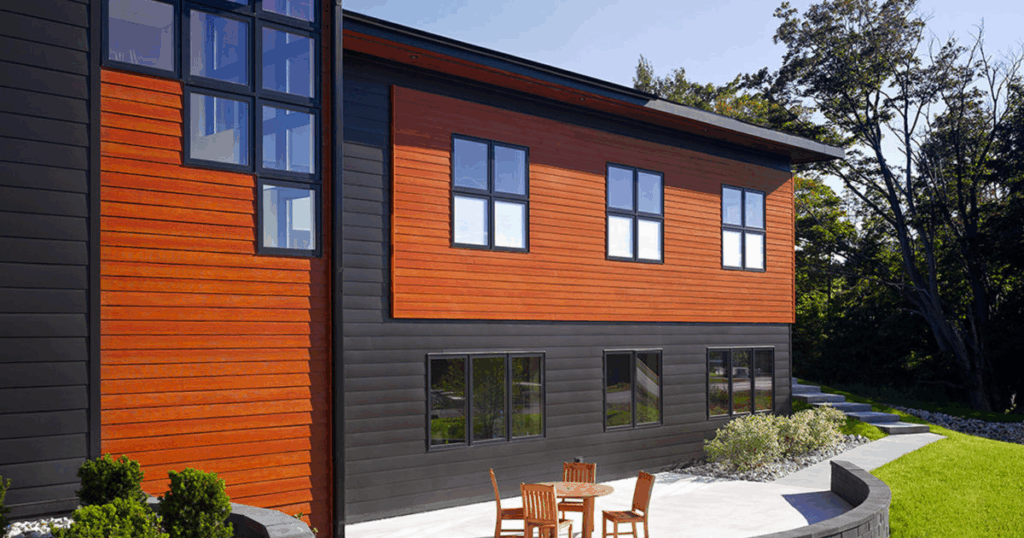Why Understanding Siding Installation Cost Matters
Planning a siding project can feel overwhelming if you don’t know what really drives the cost. Whether you’re replacing aging siding, upgrading for energy efficiency, or giving your home a complete facelift, knowing siding installation cost factors is key to making smart decisions.
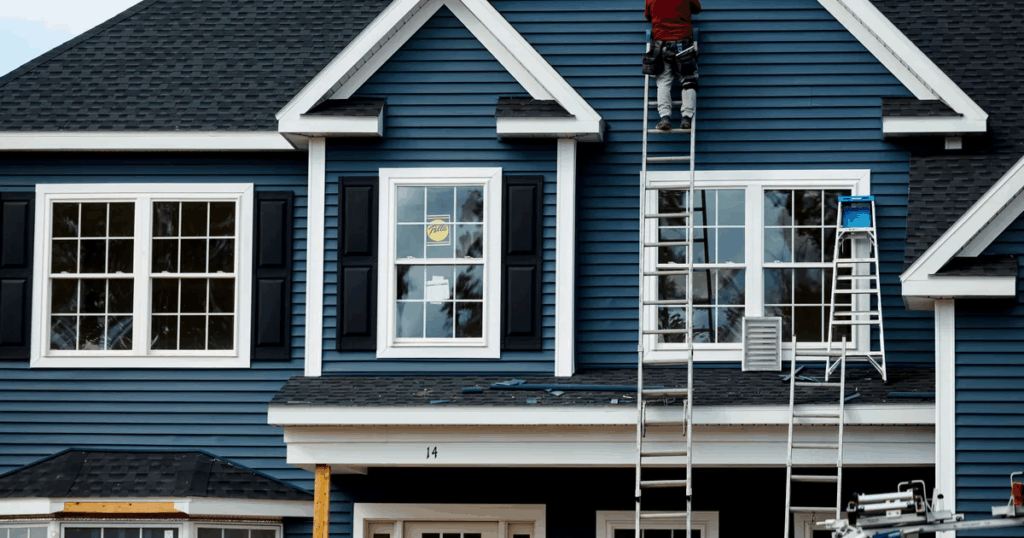
From materials and project size to labor rates and warranty options, many elements influence your final quote. Let’s break them down so you can budget confidently and avoid surprises later.
1. Material Type: The Biggest Price Driver
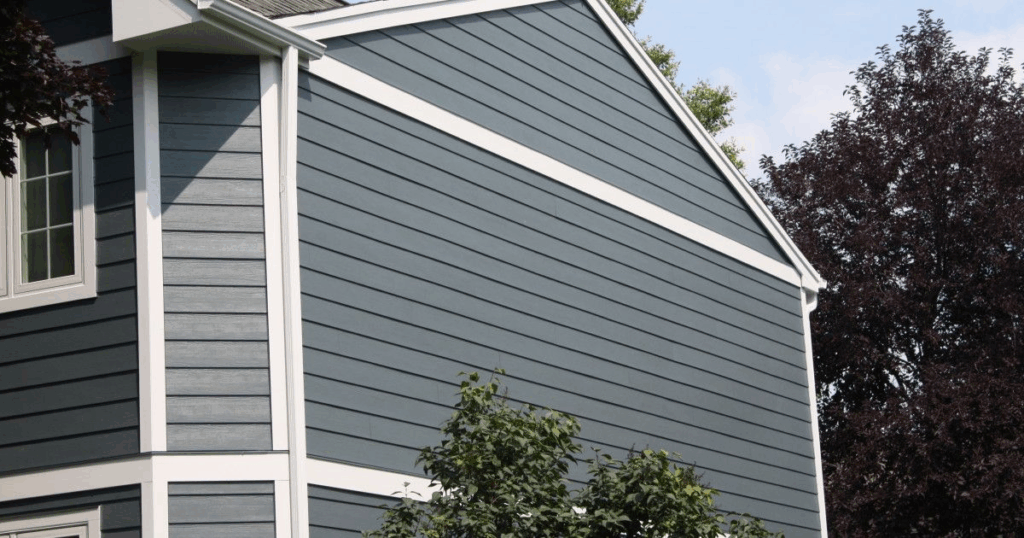
The type of siding you choose has the greatest impact on the overall price and future maintenance needs.
Vinyl Siding
- Cost: Low to mid-range
- Benefits: Durable, low maintenance, available in many colors
- Lifespan: Typically 20–40 years (see our blog on how long does siding last for details)
Fiber Cement Siding
- Cost: Mid to high range
- Benefits: Strong, fire-resistant, low maintenance
- Lifespan: Often 30–50 years, and usually holds paint better over time
Wood Siding
- Cost: Mid to high range
- Considerations: Needs regular sealing or painting
- Lifespan: Around 15–30 years, depending on upkeep
Other options like engineered wood, insulated vinyl, aluminum, or steel each fall at different price points and performance levels. Your material choice sets the tone for how long your siding lasts and what future maintenance looks like.
2. Home Size and Complexity
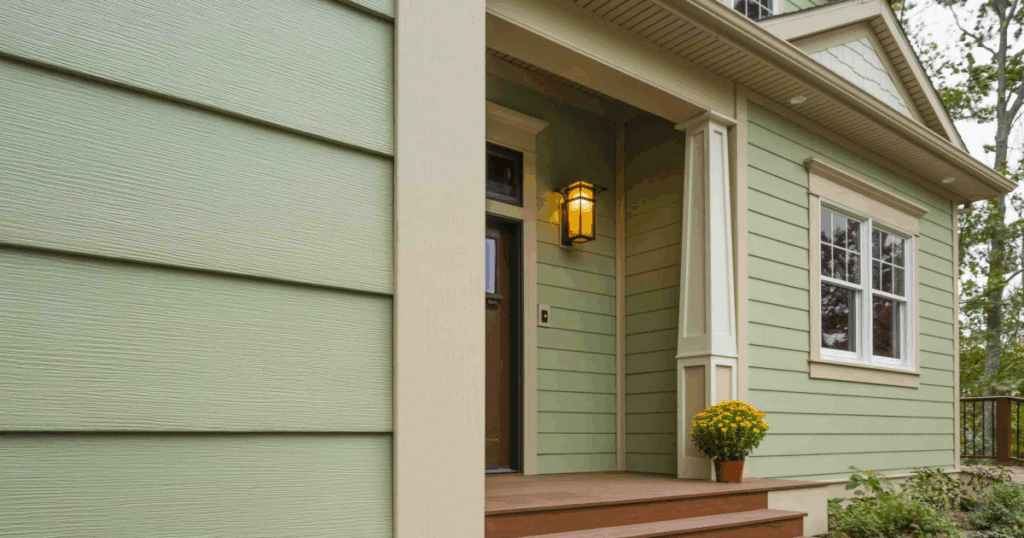
The larger your home, the more materials and labor required. Likewise, complex designs—multiple stories, dormers, roof overhangs add time and labor costs.
Simple rectangles cost less to install than homes with:
- Bay windows or bump-outs
- Multiple rooflines
- Attached garages or decks
- Multiple material transitions
3. Labor Rates and Installer Experience
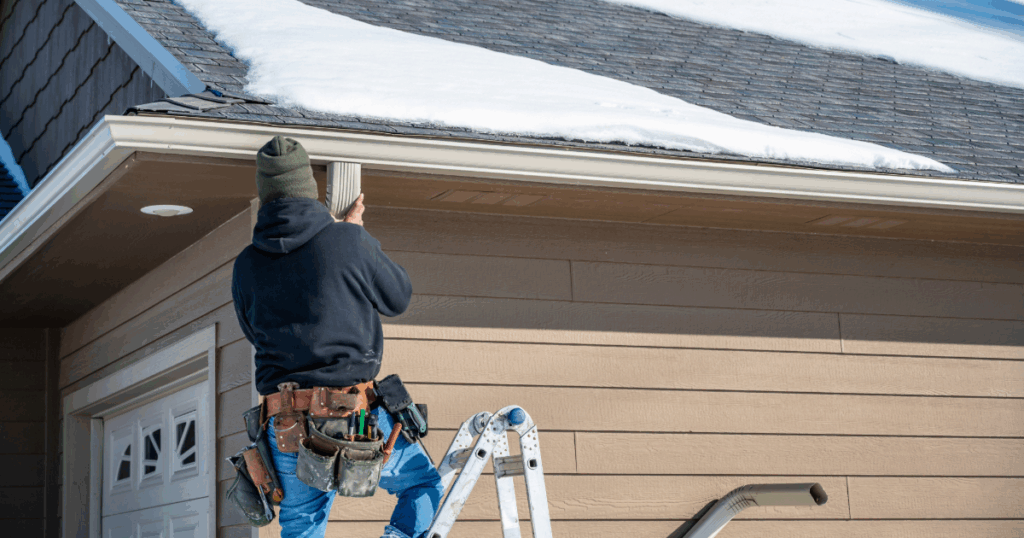
Not all siding contractors charge the same. Experienced crews with insurance, warranty-backed work, and industry certifications often cost more, but they typically deliver higher quality and fewer callbacks down the road.
Don’t choose only on price. A high-quality installation can extend your siding’s life helping it match or even outlast its expected lifespan in your how long does siding last research.
4. Removal and Disposal of Old Siding

If your existing siding needs removal, this adds waste disposal, labor, and sometimes deconstruction costs.
- Vinyl removal: Simple but labor-intensive
- Asbestos siding (rare): Requires special handling
- Multiple layers: Some older homes have multiple siding layers that need removal
5. House Wrap, Insulation, and Underlayment
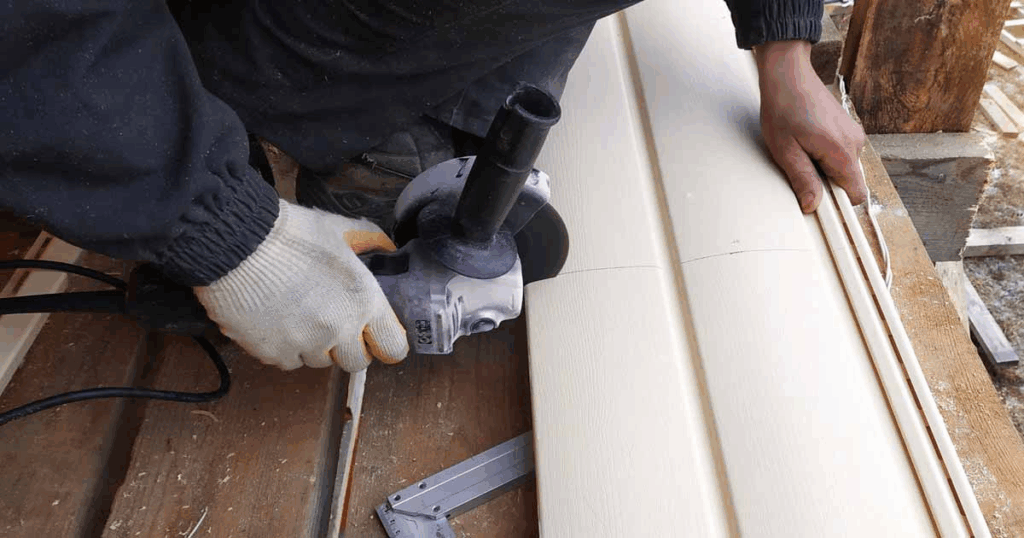
Proper underlayment (like house wrap or vapor barriers) bids add to upfront cost but deliver major long-term benefits: better energy efficiency, mold prevention, and extended siding life.
These materials help protect the home envelope and contribute to heating and cooling savings, which ties into your timeline for return on investment.
6. Custom Trim and Trim Upgrades
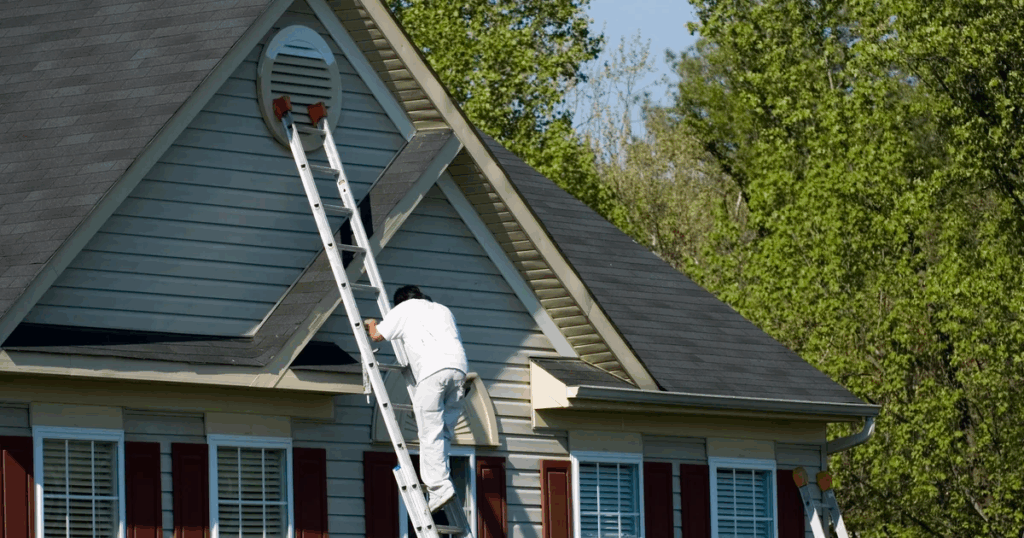
Trim features corners, window and door surrounds, soffits, fascia – add hours of precise work and premium materials (e.g. PVC, fiber cement, natural wood). These upgrades boost curb appeal instantly but also raise your overall project cost.
7. Warranty Options and Long-Term Support
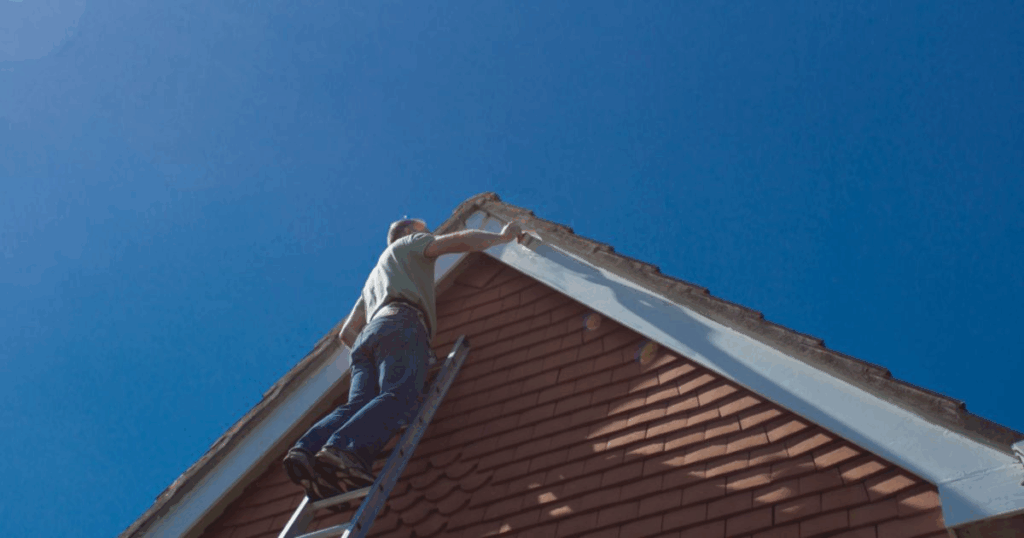
Some siding products offer longer warranties at higher initial cost. Installing contractors also offer workmanship warranties. Investing in quality protection upfront can save money over siding lifespan, particularly for fiber cement or specialty options.
8. Season and Timing of the Project
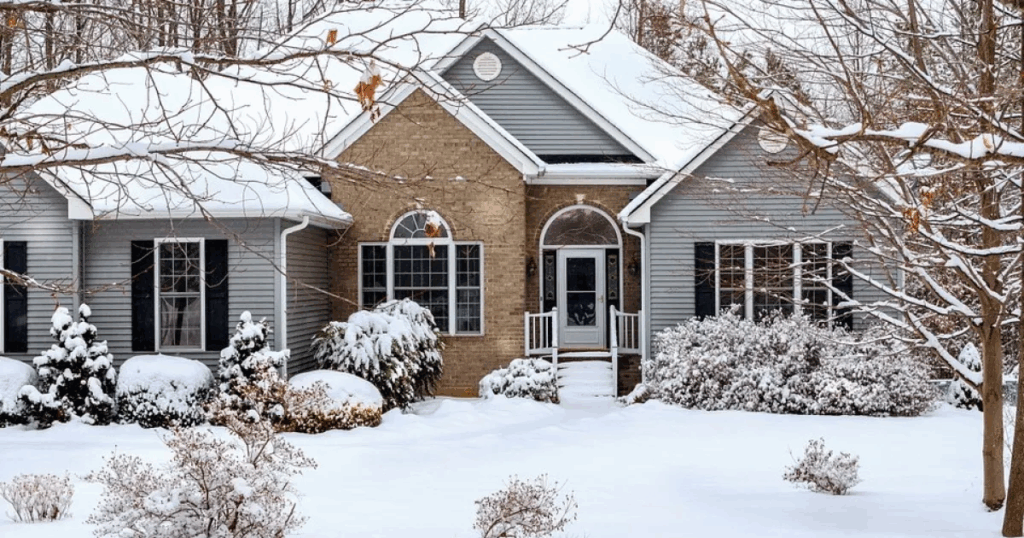
Siding installations in milder spring or fall weather are generally easier and faster than winter or mid-summer projects. Harsh conditions may add prep time or slow installation, affecting labor pricing and scheduling flexibility.
9. Additional Considerations
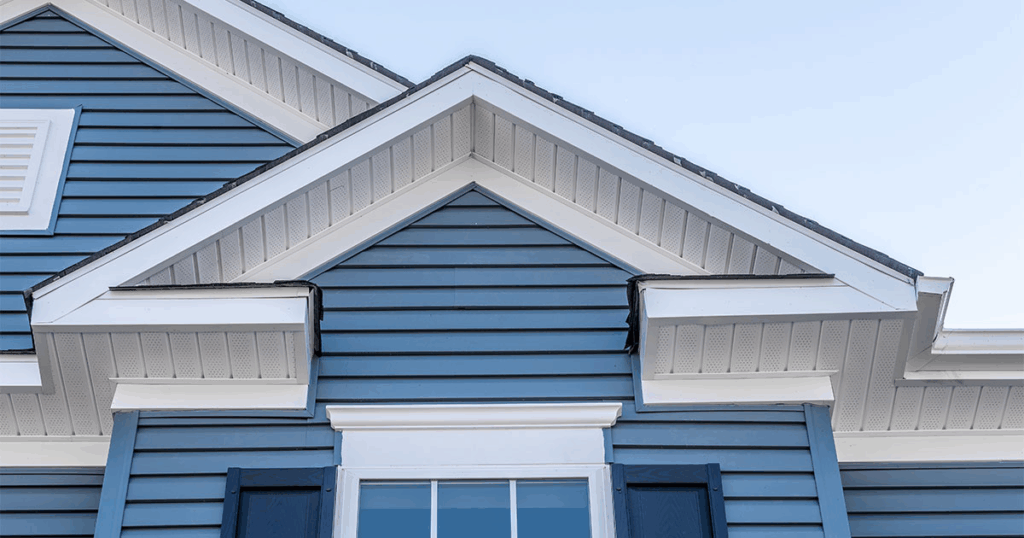
- Permit requirements: Some municipality permits have fees
- Site access or staging issues: Houses with limited access or steep slopes require more labor
- Cleanup and straight-line warranties: Top contractors include warranty and cleanup in final price
Why These Factors Matter Together
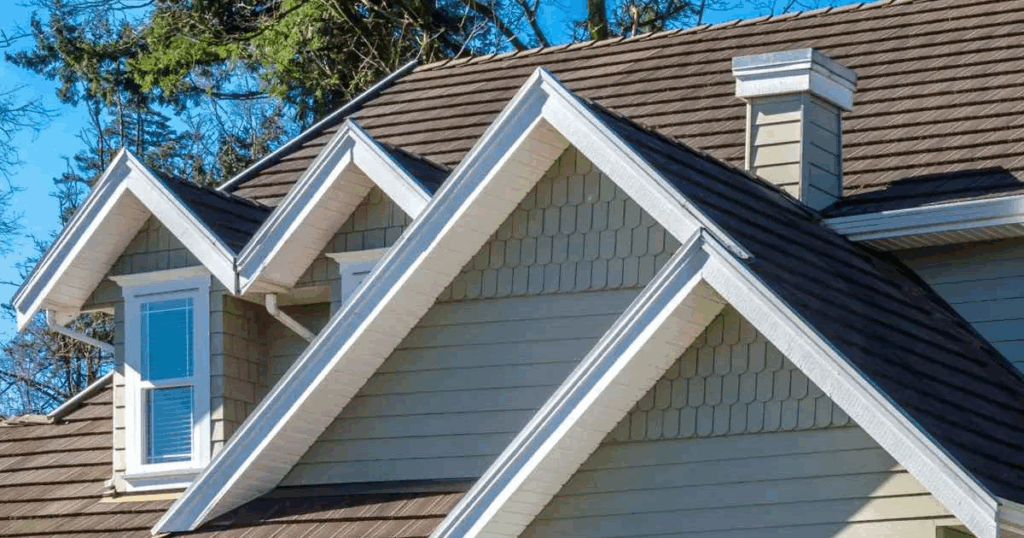
When bundled, these components make up your overall siding installation cost. Understanding each piece helps you slice quotes across vendors, identify what’s optional or essential, and negotiate effectively.
For example, choosing vinyl over fiber cement can save significantly upfront – but fiber cement may offer better longevity based on your home and climate. To weigh your options, compare projected service lifespan in combination with maintenance requirements. You can get a better idea by visiting our earlier article on how long siding lasts by material.
Planning for Window and Siding Timing Together
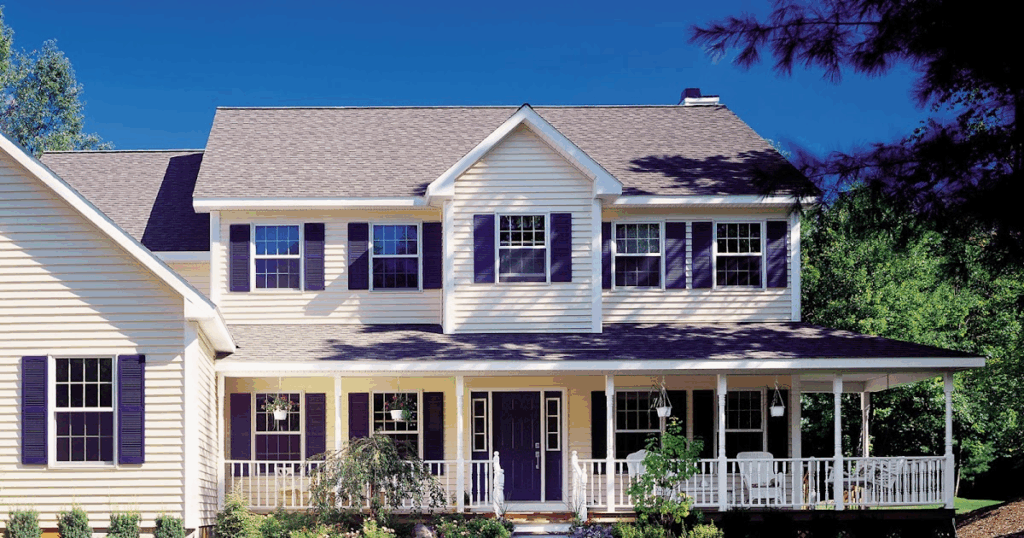
If you’re also thinking about window replacements, coordinating both projects can reduce your pricing significantly. When frames are installed before siding, or siding is installed after new windows, time and material savings can be realized.
Different types of house windows like double-hung, casement, or awning – may require specific siding trim or flashing considerations. Learning how these window styles work with different siding materials helps avoid extra installation steps and cost later.
Sample Cost Comparison Table
| Material Type | Estimated Cost (per sq ft) | Lifespan | Low Maintenance? |
|---|---|---|---|
| Vinyl Siding | $2.50 – $4.00 | 20–40 years | Yes (clean occasionally) |
| Fiber Cement | $4.00 – $7.00 | 30–50 years | Yes (occasional repainting) |
| Wood Siding | $4.50 – $8.00 | 15–30 years | Requires sealing/painting |
| Engineered Wood | $3.50 – $6.00 | 20–30 years | Low to moderate upkeep |
| Metal Siding | $3.00 – $6.00 | 20–50 years | Rarely needs painting, watch for corrosion |
Your exact cost depends on local labor rates, home size, and specific product selection.
Final Thoughts on Siding Installation Cost
Understanding what affects siding installation cost helps you plan wisely. Material choice, home complexity, installer quality, preparation needs, and optional upgrades all play a part in your final quote. When evaluated together with expected lifespan and maintenance requirements – including how long does siding last by material – you’re better equipped to choose a siding solution that also fits your long-term budget.
Author
-

James Kotler is a versatile content writer with a passion for crafting clear, engaging, and informative articles across a variety of niches. From home improvement and technology to health, finance, and lifestyle, James brings a thoughtful and research-driven approach to every topic he covers. With a knack for breaking down complex ideas into simple, reader-friendly content, he helps audiences stay informed and inspired.

